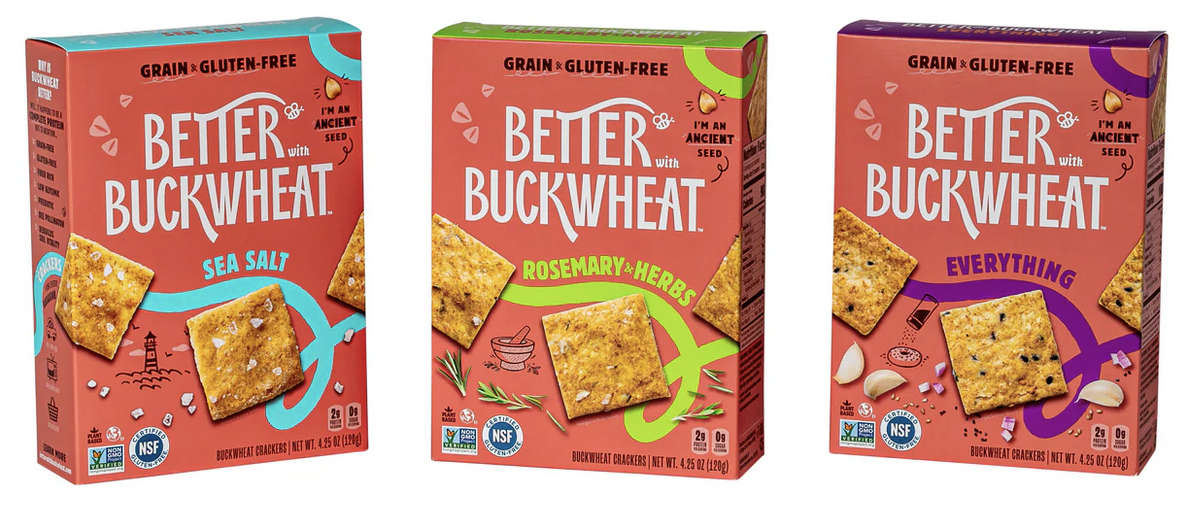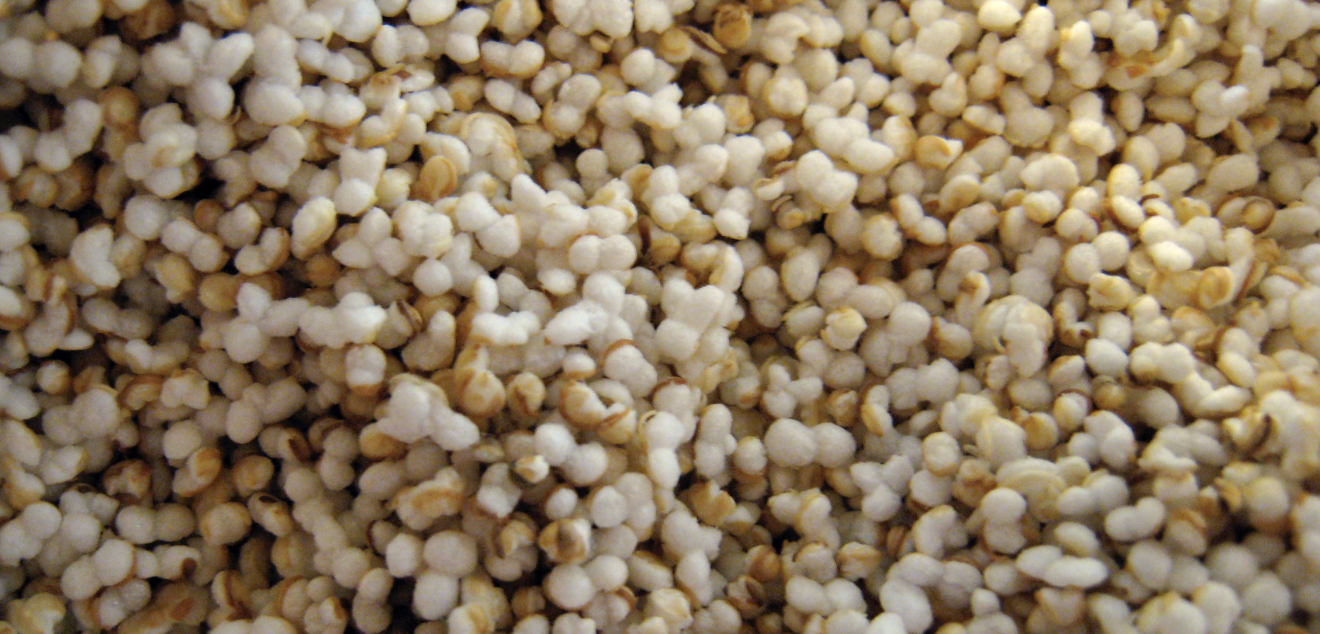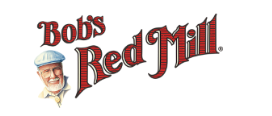Buckwheat and Amaranth – Pseudograins
By Chef David
When you think of Buckwheat what comes to mind? For some, it may be the character from The Little Rascals, a 1920s show about a group of neighborhood children. Or you may be familiar with it as kasha or in Japanese “soba”. Despite its name, Buckwheat is not actually related to wheat. It is a seed, referred to as a pseudograin (also called gluten-free grain) because it is mistaken for a grain, like amaranth, and quinoa.
Discover Buckwheat
Buckwheat is a relative of rhubarb and originated in China and Japan. A plant with many small flower-like protruding blooms that mature producing edible seeds. It is noted for having a nutty, mildly sweet-earthy, flavor. One cup of cooked buckwheat has 155 calories, 5.7 grams of protein, and 4.5 grams of fiber. Buckwheat is a good source of manganese, magnesium, phosphorus, vitamin B3 (niacin), B2 (riboflavin), B5 (pantothenic acid), zinc and iron. It is high in an antioxidant called rutin, which can improve blood circulation.
Buckwheat is environmentally friendly pushing out harmful weeds and attracting pollinators with its abundant blossoms. It doesn’t need fertilizers to grow. It absorbs phosphorous and other nutrients and then releases them for other plants to use as a natural fertilizer.
Better With Buckwheat – certified by EarthKosher dairy
Better With Buckwheat makes two distinctly different gluten-free crackers. Maine Crisp has a rich full-bodied flavor which is suited for a mature taste palate. Its crackers are rustic, darker in color, and have a distinctive crunch. They contain a medley of ingredients embedded into each cracker adding dimension to their flavor and taste profiles. Maine Crisp’s flavor pairings are complex yet well thought out and work well to complement fruit or cheese. Main Crisp comes in: Maple Cinnamon Currant, Crandbery Almond, Olive & Za’atar, Wild Blueberry Walnut, and Savory Fig & Thyme.
A six-cracker serving contains 60 calories, 2 grams of protein, 1 – 2 grams of fiber, and is relatively low in sugar. The ingredients are simple – beginning with buckwheat flour, and including sesame and flax seed.
We liked all the varieties. The combination of the sweet and savory was most satisfying. Our favorite was the Maple Cinnamon Currant. They are great for a guilt-free crunch.
Better With Buckwheat is their traditional snacking cracker – you can’t eat just one. It is crunchy, nutty, and delicious, brighter and lighter in color (a yellow-orange color with a traditional square shape). They have a softer texture and sweeter flavor than Maine Crisp. Better With Buckwheat comes in three varieties – Everything, Rosemary & Herbs, and Salt. A nine-cracker serving contains 100 calories, 2 grams of fiber, protein, and no sugar.
They are tasty and make for great snacking, slightly denser than traditional crackers.
History: Founder, Karen Getz, a former bread baker, dairy farmer, and award-winning cheese chef, was searching for delicious gluten-free crackers. Her love of slurping soba noodles in Japan led her to experiment with buckwheat flour in her home kitchen in Maine. She created Maine Crisp with healthy ingredients and crunch.
Use a store locator to find crackers in your location or shop online
Learn About Amaranth
Amaranth has been cultivated in Central America for the past 8,000 years. This tall plant with broad leaves and bright flame-shaped flowers produces tiny golden seeds. In Greek, its name means immortal or unfading. It is a good source of antioxidants and may inhibit inflammation.
One cup of cooked amaranth has 251 calories, 9 grams of protein, and 5 grams of fiber. Amaranth is an excellent source of manganese (105%), magnesium (40%) iron (29%), copper (18%), selenium (19%), calcium (11%), and iron (28%).
Its flavor is mild, grassy-tinged, and nutty. Its texture is similar to quinoa with a unique mouthfeel. Amaranth can be prepared two ways, cooked in liquid, it takes on a sticky and gelatinous consistency or it can also be popped like popcorn creating a light and crunchy texture.
How to Pop: Place a tall pot over high heat. When the pot is hot enough add 1 Tbsp. amaranth. Shake the pot vigorously over the heat for 20 seconds. Remove the popped amaranth. It’s easy to burn.
In a Pot: Cook one cup of amaranth with 1 ½ cups of water for about 20 minutes. If you add additional water, it can be a breakfast porridge.
Our experience: Amaranth takes the flavor of the food it is eaten with, adding its unique texture. We enjoyed the mouthfeel of popped amaranth, but finding the correct time and temperature took patience and practice. We used it as a stand-alone side dish and in salad. Amaranth adds to the protein value of the dish without introducing additional flavors.
All 193 Bob’s Red Mill products are certified kosher by Kehillah Kosher the West Coast Division of OK and include a vast selection of flours, grains, seeds and meals, oats, cake, and pancake mixes.
Their website lets you search by product and location. store-finder
History: Bob Moore and Charlee shared the dream of feeding their family nutritious whole grains. In 1968 Bob read John Goffe’s Mill, the story of a man who—with no prior experience —resurrected his family’s ancestral mill and ground wheat into flour. Bob began learning the art of stone milling. In 1974 he opened Moores’ Flour Mill. Then in 1978, they opened Bob’s Red Mill (which is now 100% employee-owned) and committed to upholding their values and legacy.
Eat And Enjoy
Buckwheat, amaranth, and quinoa provide health benefits and a complex flavor profile. Enjoy, and integrate them into meal planning as a healthy source of protein, fiber, and vitamins.
Explore Bob’s Red Mill and Better with Buckwheat and enjoy the natural goodness of pseudograins.












